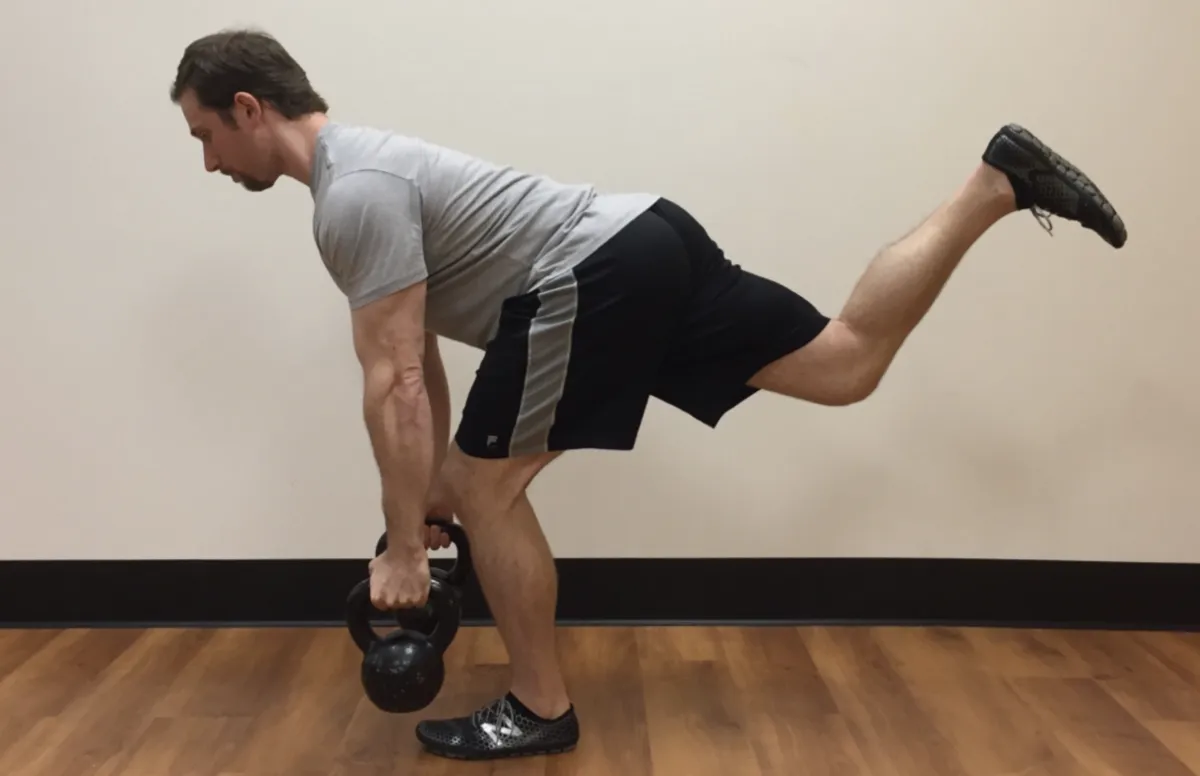
Is Training One Side At A Time Better?
Last week I had the clients in my sessions do every exercise unilaterally--one arm or leg at a time.
Mike Boyle, considered to be one of the top 5 strength coaches in the world, uses unilateral training almost exclusively at his facilities in Massachusetts.
Does unilateral training beat bilateral?
I've yet to see anyone celebrate when I announce, "This week we're doing Bulgarian squats!"
Would a goblet squat achieve the same goal?
A new meta-analysis sought to answer the question of whether lunges, single-leg RDLs, and single-arm chest presses are better than squats, deadlifts, and bench presses.
The best for getting stronger was.....
Unilateral training came out ahead for building strength on that side. The principle of specificity refers to how you get better at what you train.
If you want to get better at doing things on one leg or one arm, like a kickstand squat or a single-arm row, it makes sense to train that way.
Most of life is executed unilaterally. We rarely use both limbs simultaneously. Using strength training machines that exclusively train both sides simultaneously might be less effective if getting stronger is your goal.
The unilateral advantage
People typically lift more than expected when training one side at a time.
You’d think that if you squat 100 pounds with both legs, you’d split the load evenly and squat 50 pounds per leg but most people can handle closer to 60%. That's a sign your body gets more from these movements than we might have thought.
The best for muscle building was....
There's less research on this but it appears that unilateral and bilateral exercises are similarly effective.
Certain exercises might feel better done one way or the other so choose what feels better for your body and your goals.
The best for pain and imbalances is....
Unilateral work gets the nod when you have one side that's weaker, tighter, or just not cooperating. Training that side on its own can help bring things back into balance.
In the case of low back pain, single-leg exercises greatly reduce the load on your spine, which is a huge relief.
For other aches and pains, unilateral training allows you to isolate one side at a time, ensuring that the injured side gets an appropriate load and prevents the stronger side from taking over.
Ultimately....
💪 If you have a specific goal (a chin-up, chest press, etc..), train for that movement whether it's unilateral or bilateral.
No particular strength goal? Get plenty of unilateral work. It'll make you stronger.
💪 For muscle growth, both approaches are equally effective (based on limited research).
💪 When dealing with pain or addressing imbalances, unilateral work is your best bet!
I like training one side at a time because I can be my own spotter and I'll know if there's a strength difference between right or left.
Make the most of the advantages of either way!